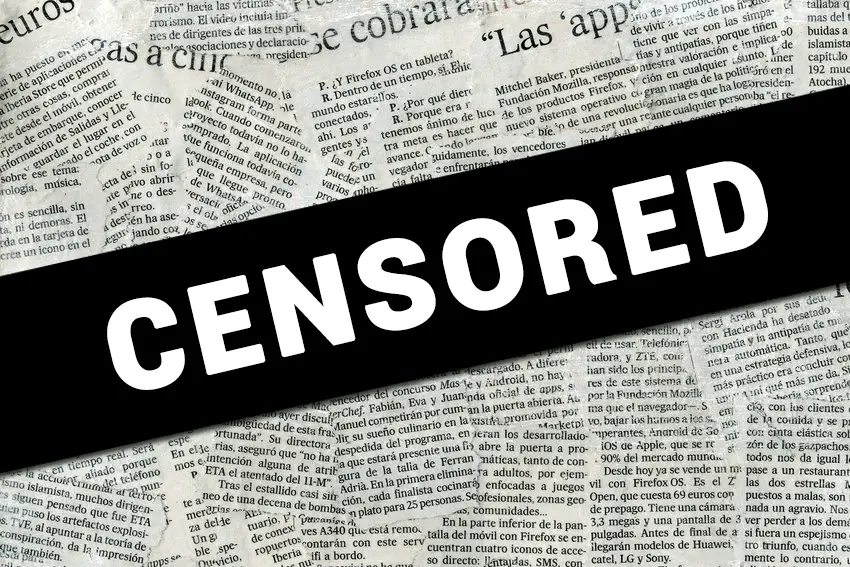The first time I read a book starring a main character who looked like me, I was in high school. The book is titled “Aristotle and Dante Discover the Secrets of the Universe” by Benjamin Alire Saenz, focusing on two teenage Mexican-American boys and their budding relationship. Saenz depicts two different aspects of the incredibly varied experience Latinx people can have in the United States through his principal characters.
What surprised me the most about the novel was how intensely I related to Dante’s experience — he often felt disconnected from his extended family: neither Mexican enough for his cousins nor American enough for his friends at his new school. Dante articulated thoughts in his letters to Ari that I had never been able to on my own. It was life-changing.
Before I picked up “Aristotle and Dante Discover the Secrets of the Universe,” I didn’t realize that every book I’d read before featured a pretty homogenous-looking group of main characters. If there was a character who was Latinx like me, they were a side character or a poor composite of harmful stereotypes. At the time, this seemed normal.
Finding diversity and representation in media is an arduous task. What’s even more difficult is finding good representation that is respectful of the highlighted marginalized community. This is where sensitivity readers come in.
Who Are Sensitivity Readers?
Sensitivity readers are members of marginalized communities hired to read an author’s manuscript prior to publication if that manuscript focuses on a community the authors themselves are not a part of. According to Writing in the Margins, the goal of a sensitivity read is to highlight issues within the manuscript concerning possible cultural inaccuracies, harmful stereotypes and bias. The process is not much different than an author having a mechanic read a book where the main character is a mechanic to make sure nothing is inaccurate.
The author receives suggestions from the sensitivity reader to consider as they move forward in the editing process. Authors often hire more than one sensitivity reader because everyone has a different experience to bring to the table. It’s not a fool-proof method of avoiding harmful stereotypes and problematic content in literature, but it’s certainly a step in the right direction.
Why Do People Think It’s Censorship?
In late Dec. 2017, The New York Times published an article titled, “In an Era of Online Outrage, Do Sensitivity Readers Result in Better Books, or Censorship?” This article was just one of many in a long line of think pieces meditating on the merits of sensitivity readers, and whether they’re necessary or pandering to an increasingly “politically correct” culture. Predictably, the article went viral online, inciting explosive conversation concerning the topic.
Opponents of sensitivity readers frequently use the argument that books subject to multiple “sensitivity” read-throughs could lead to sanitized novels. Instead of tackling difficult subjects head-on, authors will instead avoid them to stave off the potential backlash.
In addition to this, detractors believe that employing sensitivity readers will discourage authors interested in writing about cultures other than their own. Author Francine Prose wrote in The New York Review of Books, “Should we dismiss ‘Madame Bovary’ because Flaubert lacked ‘lived experience’ of what it meant to be a restless provincial housewife? Can we no longer read ‘Othello’ because Shakespeare wasn’t black?”

The actual goal of a sensitivity reader is not to prevent authors from handling difficult subjects. More accurately, a sensitivity reader evaluates a manuscript for issues of misrepresentation. If you’re going to write about a difficult subject or a different culture, especially one that you do not have experience with, it’s incredibly important to make sure you’ve got your facts straight.
Real Life Examples of Controversy
There have been quite a few books that have gained notoriety for problematic depictions of marginalized communities. In 2016, Scholastic pulled the children’s picture book “A Birthday Cake for George Washington,” by Ramin Ganeshram and Vanessa Brantley-Newton, from circulation.
The book chose to include the fact that the United States’ first president kept slaves. However, the book depicted those same slaves as smiling and happy while performing their forced labor.
More recently, similarly criticized novels have included the young adult book “The Continent” by Keira Drake. Prior to publication, Drake’s publisher, Harlequin, gave away multiple Advanced Readers’ Copies (ARCs). “The Continent” is a fantasy novel set in a world where two nations have been at war for decades.
However, early online reviews trashed the book. Readers posited that the novel utilized racially charged language in the descriptions of the warring tribes, employing slurs with real-life connotations. For example, Drake described one of the tribes as having reddish-brown skin and painted faces.
In the aftermath of the incredibly poor reception to “The Continent,” Harlequin and Drake pulled the book and hired two sensitivity readers for the revision process. Drake rewrote the book for six months. “The Continent” is now slated for publication in March 2018.
Bigger Issues in Publishing
No one ever questions the fact that for most books, the only hands that will touch them are white. Publisher’s Weekly released a diversity survey in 2015 indicating that nearly 80 percent of the publishing industry was white.
It’s difficult for people of color to break into the industry in the first place; it’s even more difficult to get their stories out there. Criticisms of sensitivity reading instead choose to focus on the push for inclusivity as an attack on freedom of speech. There are other valid concerns.
Chief Executive of We Need Diverse Books and author Dhonielle Clayton said in an interview with Vulture, “The fact is that sensitivity reading is a band-aid over a hemorrhaging problem in our industry. That’s what we should really be talking about — that’s what real censorship looks like. The systematic erasure and blockage of people of color from the publishing industry.”
Publishers accept books featuring marginalized characters more often when the author themselves isn’t part of that community. Clayton, who actively works as a sensitivity reader, has had difficulties selling novels due to their “similarity” to already-acquired manuscripts.
Meanwhile, I can’t even count how many dystopian novels I’ve read centering on white main characters who display one basic personality trait that makes them “different” from everyone else and therefore equipped to save the world. When privileged authors choose to tell a story that is not theirs, they are potentially taking away that opportunity from another marginalized writer who does not have the same access to the industry. That’s where the focus should be, not on vilifying sensitivity readers.

















